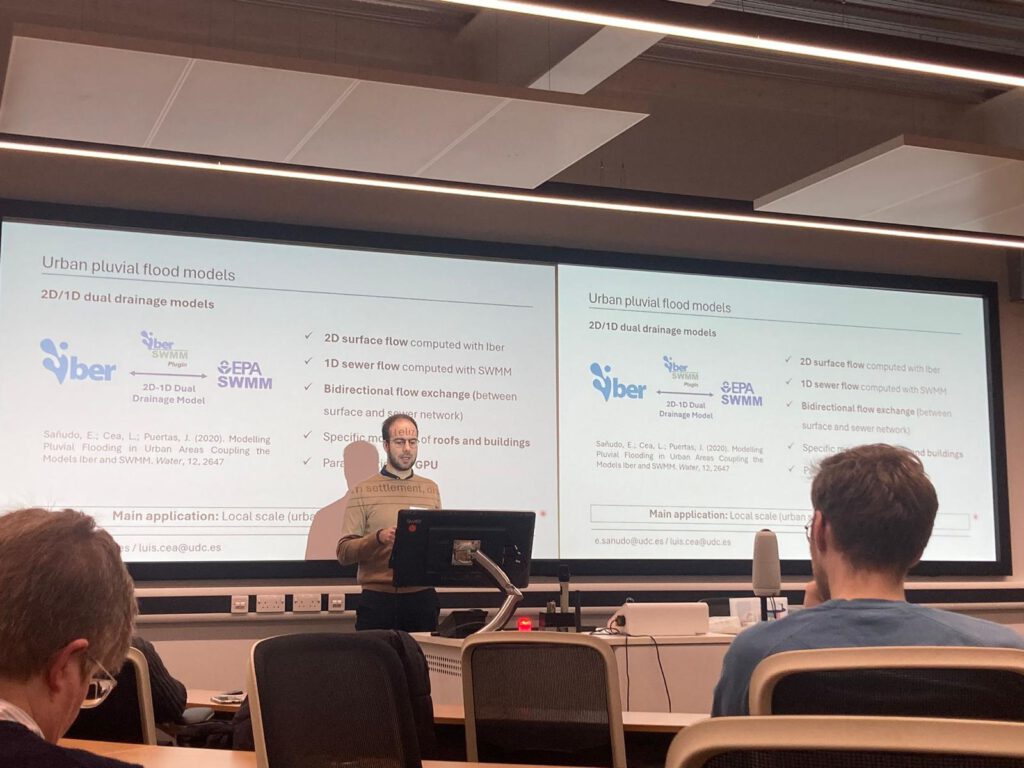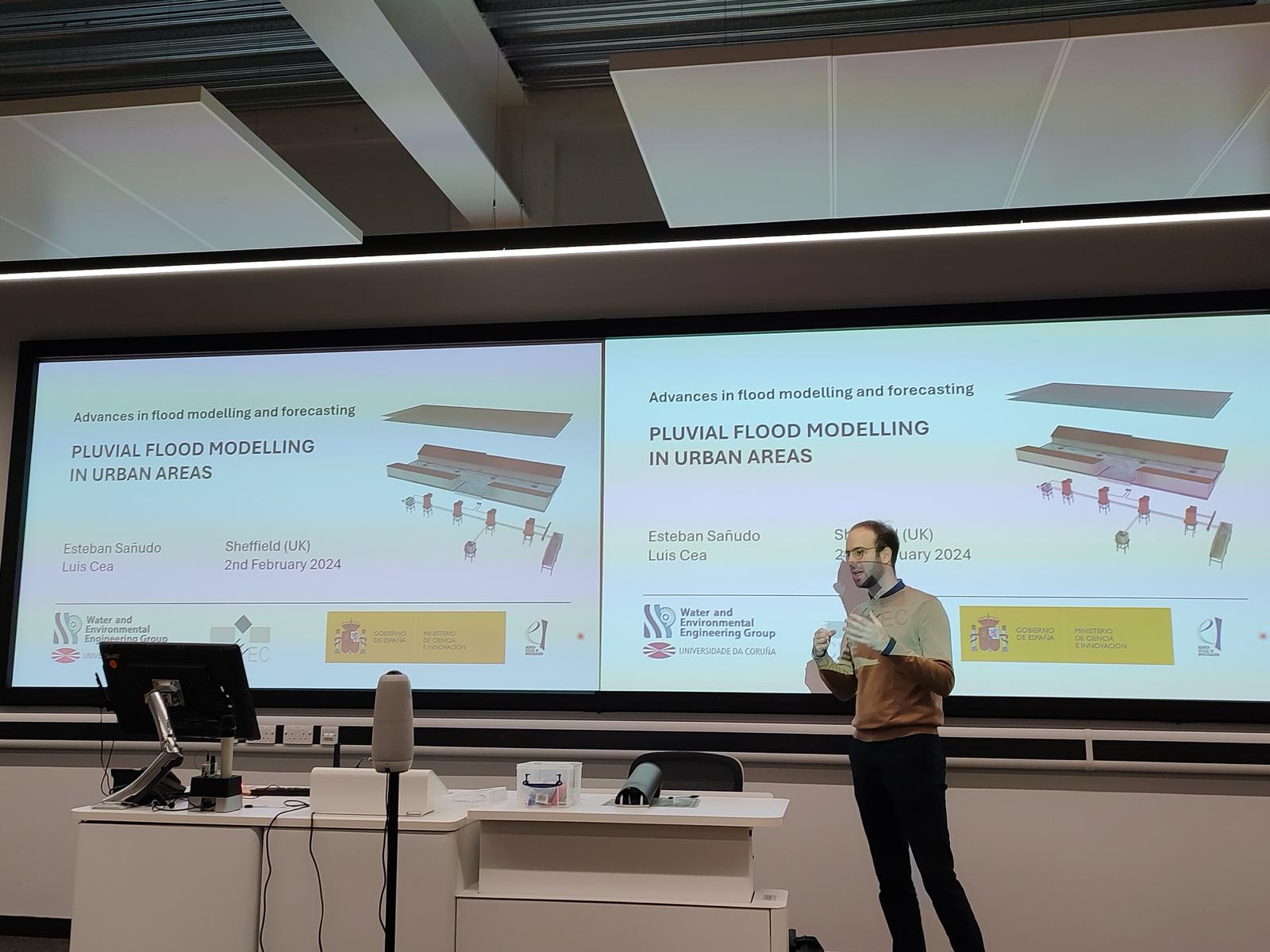Flood modelling and forecasting are core parts of flood risk management. The last decade has seen rapid advances in the development of efficient and flexible flood simulation frameworks for applications ranging from river-reach up to the global scales.
Flood modelling uses two-dimensional hydrodynamic simulators with as much complexity as needed, depending on the length of the spatial (kilometre to submeter) and temporal (day to microsecond) scales and on the level of detail in the outputs. Complex simulators can be useful to capture the details of the hydrodynamic processes involved in application at river-reach and neighbourhood scales. However they are computationally expensive and are unlikely to outperform simplified simulators for large-scale fluvial/pluvial applications.
Flood forecasting is affected by multiple sources of uncertainty that need to be efficiently quantified and reduced. Uncertainties stemming from observational and forcing data, model parameters, the initial state of the system, and flood model structure can affect the overall accuracy. Still, it is challenging to have a general and efficient framework to identify the relevant uncertainty sources and how their joint effects impact the output flood-related probability distributions.
Last week, a two-day event was held at the University of Sheffield, during which recent research developments were presented and research findings and questions were discussed. The event covered fundamental, computational, and applied aspects of flood modeling and forecasting. It provided a unique forum for research students, academics, flood-related researchers, developers, and practitioners to discuss the latest research and future needs, offering an excellent networking opportunity. GEAMA was represented by Esteban Sañudo, who gave a presentation entitled: «Pluvial flood modelling in urban areas«.

This study was received financial support from the Spanish Ministry of Science and Innovation (MCIN/AEI/10.13039/501100011033) within the project “SATURNO: Early warning against pluvial flooding in urban areas” (PID2020-118368RB-I00).


